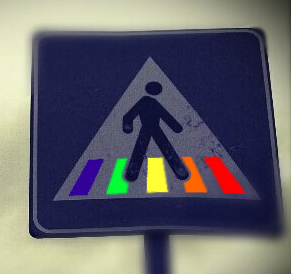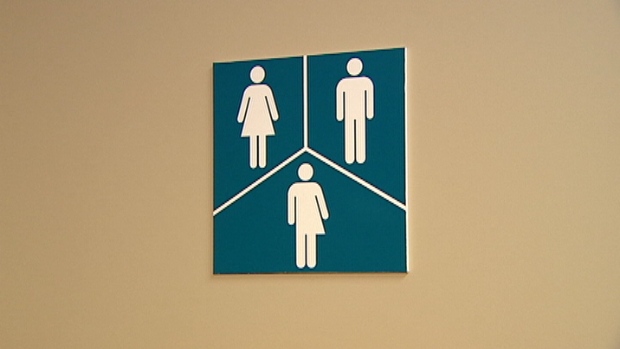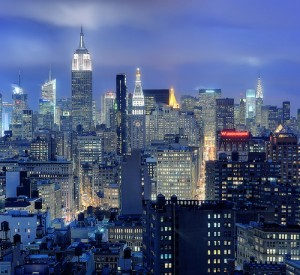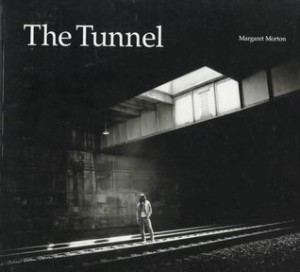Better Online Living Through Content Moderation
As we begin to learn about content control features and the reality of online abuse through Melissa Kings article “Better Online Living through Content Moderation” we gain knowledge into how important and needful it is in society today to employ content control features in the online world. Nobody should be required to read or listen to content if they do not want to (King). This statement is the premise for the argument of instilling content control features and this issue has grown to become popular problem for the world in this day and age technology is more advanced and progressive than ever seen before.
King first opens her beginning argumentative paragraphs of this article with a counterpart; considering the argument in the views in which individuals against content control feel about this issue. Content control is viewed as for those who are “weak” and “too sensitive” and is criticized for not allowing individuals to be exposed to the reality of hurt and negativity they will come to terms with in the online world. Exposure theory is a method used that is supported by those against content control and is commonly known as a type of theory designed to combat severe anxiety through gradual and controlled exposure to its source, to inure an individual to these triggers and lesson the disruptions they can cause. However, for someone suffering from PTSD (post-traumatic stress disorder) this method of exposure could increase trauma and would initially worsen the problem instead of being a solution.
King states that Millennials are more progressive than any other generation about this issue and acknowledge that many individuals are effected by trauma from different forms of online abuse and bullying. It is also believed that online harassment is a myth and is simply mean comments said on the internet with no real connection to public safety. The fact is, threats of violence online can be a cause of PTSD in and of itself (Lack). As we read on throughout the article we notice that online harassment does indeed effect mental health and eventually if worse enough can cause cases of PTSD.
Next King begins to discuss specific types of content control features available and suggests that blocklists are important tools to take note of. Blocklists are controversial because the idea perceived with this tool is that one gave in to the abusers harassment and had to resort to blocking people instead of just dealing with the issue up front. The author however expresses that this method of dealing with online abuse is actually a smart idea and ideally the best resort to immediately stop the abuse.

Criticism in all aspects of the online world is bound to take place for most individuals because of the territory but is said to be worse for women than for men. This is said to be particularly true with women who are involved in areas that are predominantly male dominated. As the author states each point of this argument and comes to a conclusion her opinions about this topic revolve around the need for content control features and tools so that people have more room to act on behalf on behalf of their own mental and emotional needs.





